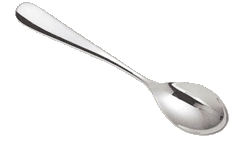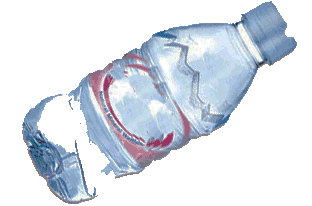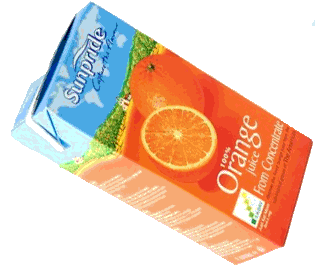Shape and Space - Capacity
Capacity is the amount that a container will hold. We usually think of capacity in terms of how much liquid something can contain. Liquids have volume, they take up space and the capacity is a way of describing the amount of space that they take up. Capacity and Volume are similar concepts.
The metric unit of measurement for capacity is the litre (l)
or the millilitre (ml). 1 litre = 1000 millilitres.
Unfortunately, in this country we still use the old imperial units, pints and gallons for measuring capacity for some things. We buy milk and beer by the pint and although we buy petrol by the litre, we talk about fuel consumption in terms of miles per gallon. So your child needs to understand both systems and be able to compare the two. They need to know that:
There are 8 pints in a gallon.
A pint is approximately half a litre.
A gallon is approximately 4.5 litres.
For most things we use the metric system, and it is important for your child to visualise these units and relate them to everyday items. For example:
A teaspoon is approx 5 ml, a dessert spoon is 10 ml and a tablespoon is 15 ml
 A bottle of mineral water could be 330 ml or 500 ml A bottle of mineral water could be 330 ml or 500 ml
A carton of juice is 1 litre  |
|
A good idea is to use a kitchen measuring jug to check the capacity of different items - cups, glasses, bottles etc.
They normally have both metric and imperial measurements, so are really useful for comparing the two types of unit. |
